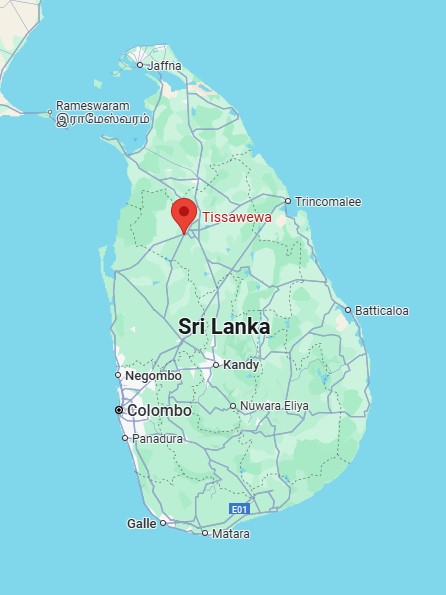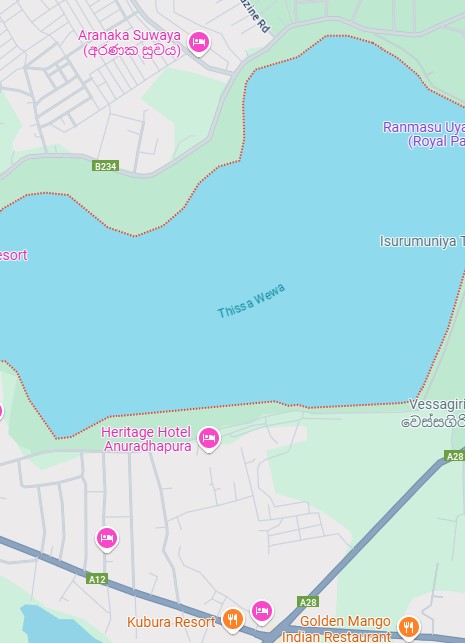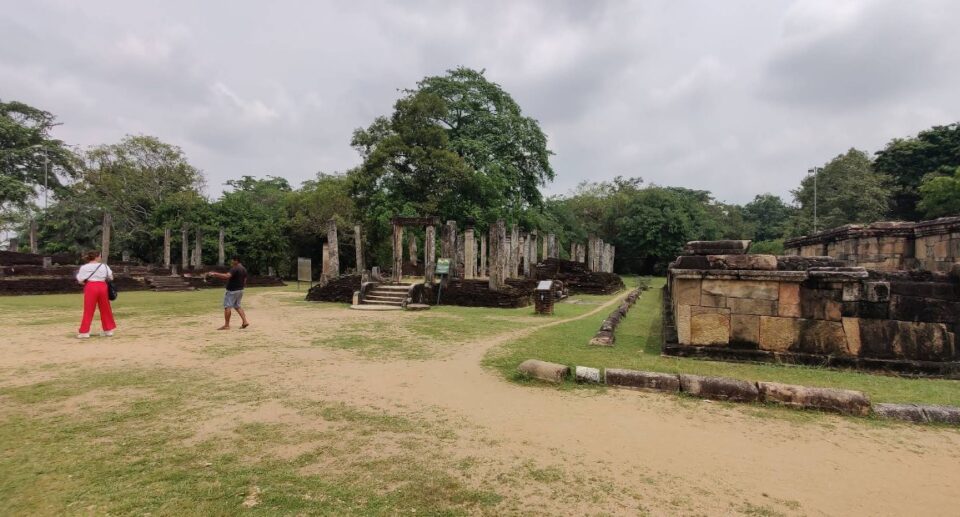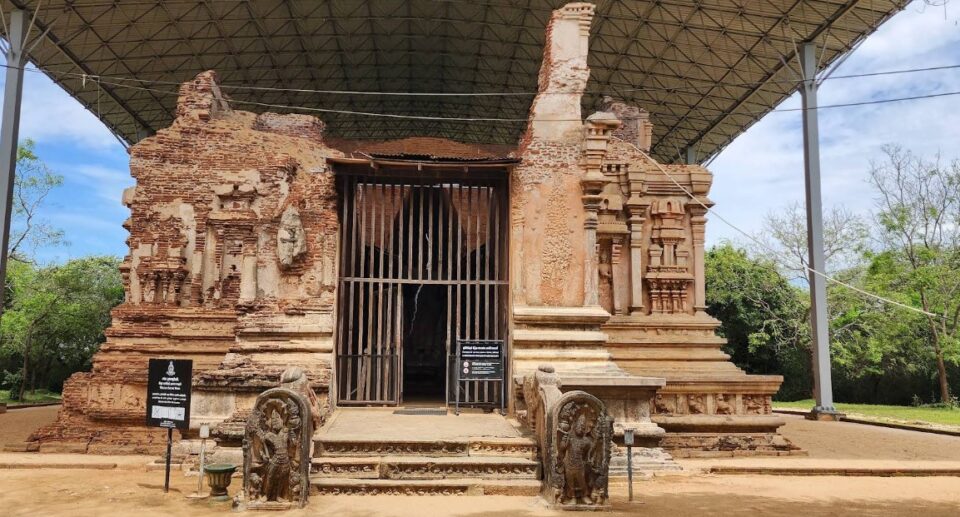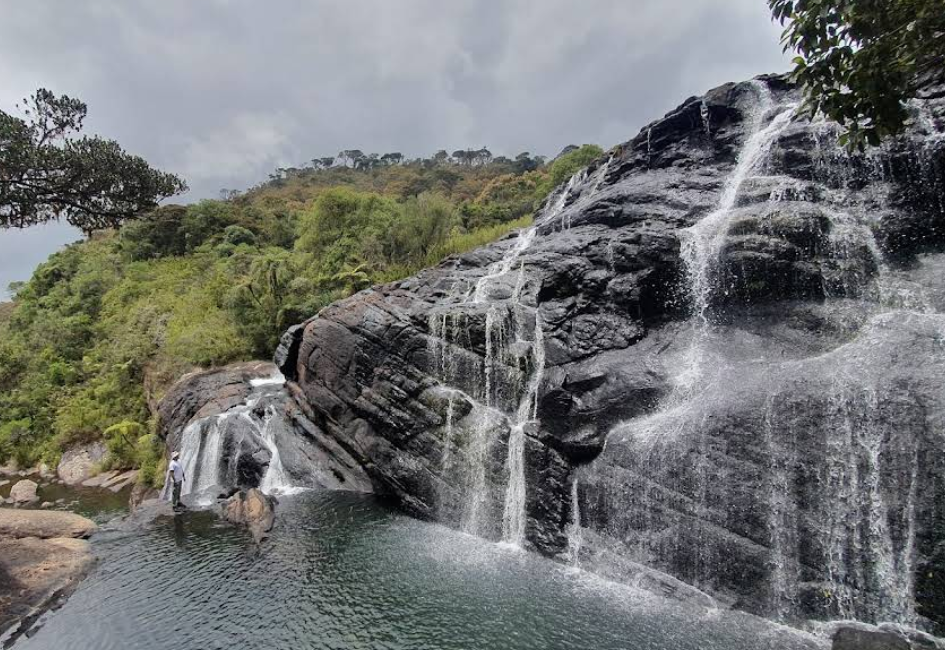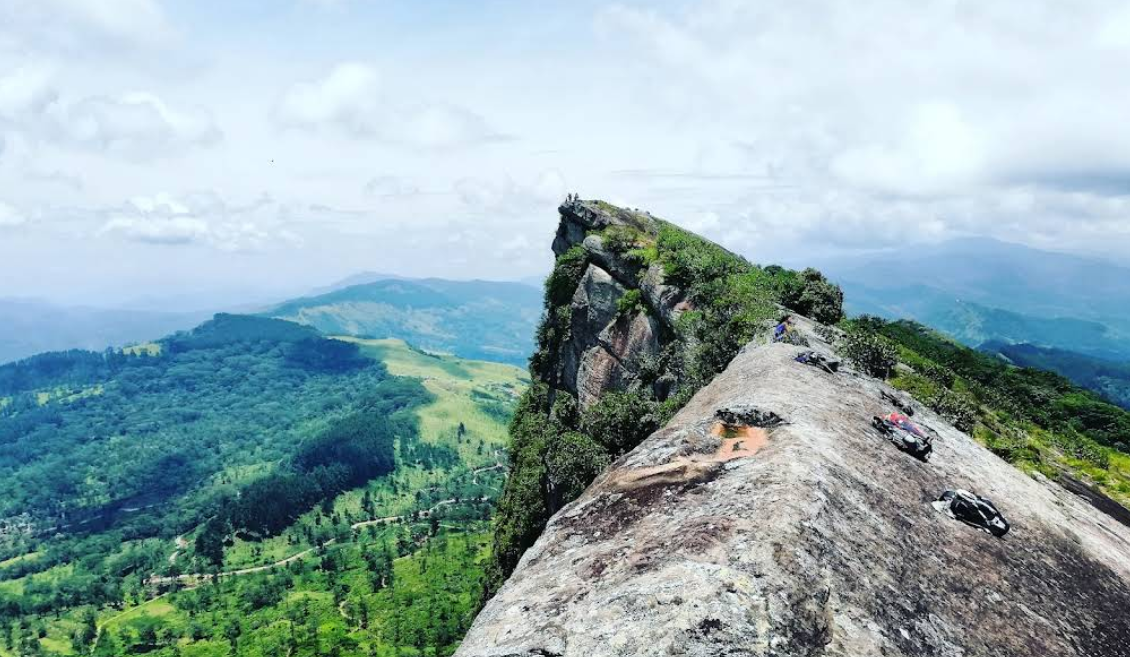Tissa Wewa: A Testament to Ancient Sri Lankan Engineering
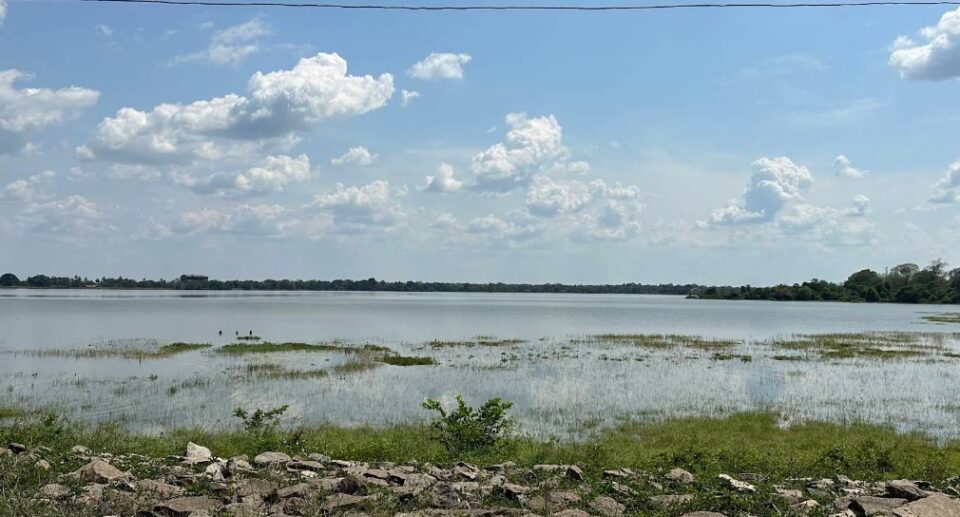
Sri Lanka, the island nation blessed with nature and history, has a tradition of advanced hydraulic engineering dating back over two millennia. Tissa Wewa is one of the visible manifestations of this enduring legacy among the many ancient reservoirs, or “wewas,” built by Sri Lankan monarchs to support agriculture and sustain life in the dry areas. Situated in Tissamaharama in the Southern Province, Tissa Wewa is as much a cultural monument as it is a testament to ancient engineering. The ingenuity, vision, and values of early Sinhalese civilization are displayed in this marvel, which is the subject of this essay that delves into its history, construction, cultural significance, and relevance today.
Historical Background
Tissa Wewa was built during the reign of King Devanampiya Tissa, the king of the Kingdom of Anuradhapura from 307 to 267 BCE. This is considered a foundational era in Sri Lankan history, especially regarding the development of Buddhism and government organization. The reservoir was a component of a broader plan to develop agriculture and support the population in the dry southern regions.
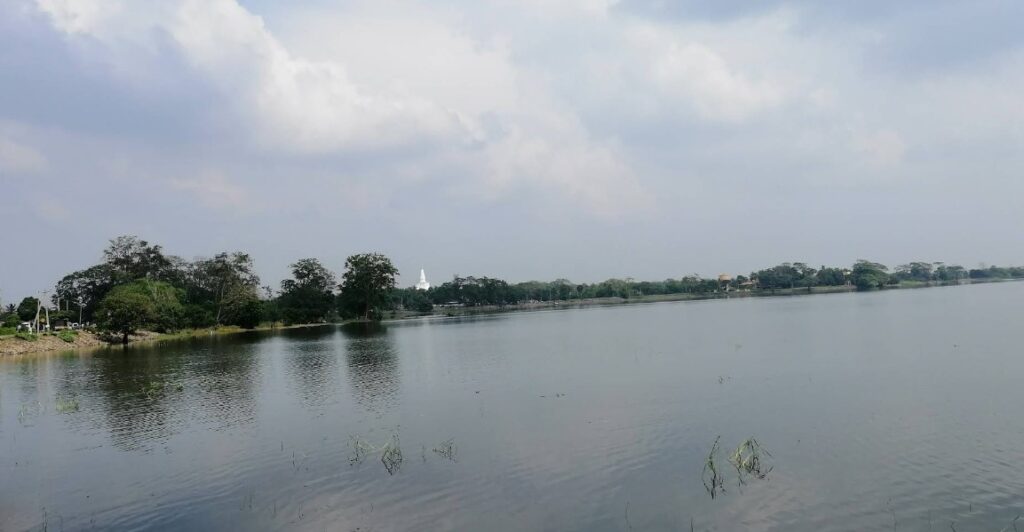
King Devanampiya Tissa was a progressive king, having embraced Buddhism after the visit of Mahinda Thera, the son of Emperor Ashoka of India. With the embracing of Buddhism came the ethos of welfare, community, and sustainability. That Tissa Wewa was constructed during this time stands as testament to these Buddhist ideals, particularly the dedication to communal well-being and coexistence with nature.
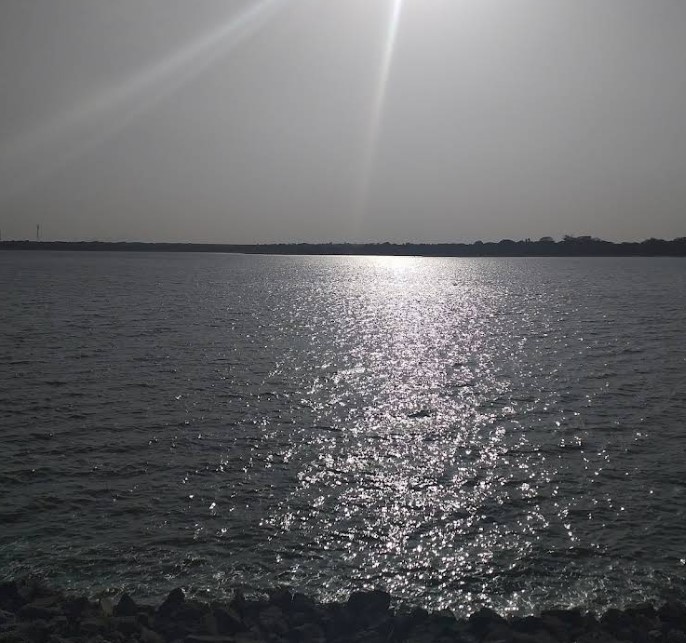
Engineering and Construction
Tissa Wewa, while smaller in size than some of the other reservoirs of ancient times like the Parakrama Samudra or Kala Wewa, was a novel project in water management. The reservoir itself covers approximately 550 acres and was formed by damming small rivers and streams that flowed down from the surrounding hills. The bund, or the earth embankment, was organically designed with the materials available on the site to withstand seasonal rainfalls and long dry spells.
The reservoir’s design reflects a sophisticated knowledge of hydrology, soil mechanics, and sustainable engineering by the early Sinhalese. The reservoir had sluices (“bisokotuwa”) for regulating the water flow and preventing flooding or overflow, such a sophisticated design that even modern engineers study it. The reservoir was linked to a system of paddy fields and canals, and it supplied irrigation throughout the year, helping to transform arid land into fertile agricultural land.
Role in Agriculture and Community Life
Tissa Wewa was pivotal to the fortunes of agriculture in the Tissamaharama region. It served to provide a guaranteed supply of water for rice cultivation, which was the staple food of ancient Sri Lanka. The ability to cultivate rice in both wet and dry seasons enabled population expansion, prosperity, and power, both economic and political. In a multitude of ways, the fortunes of the ancient kingdoms like Ruhuna, to which Tissamaharama belonged, depended on reservoirs like Tissa Wewa.
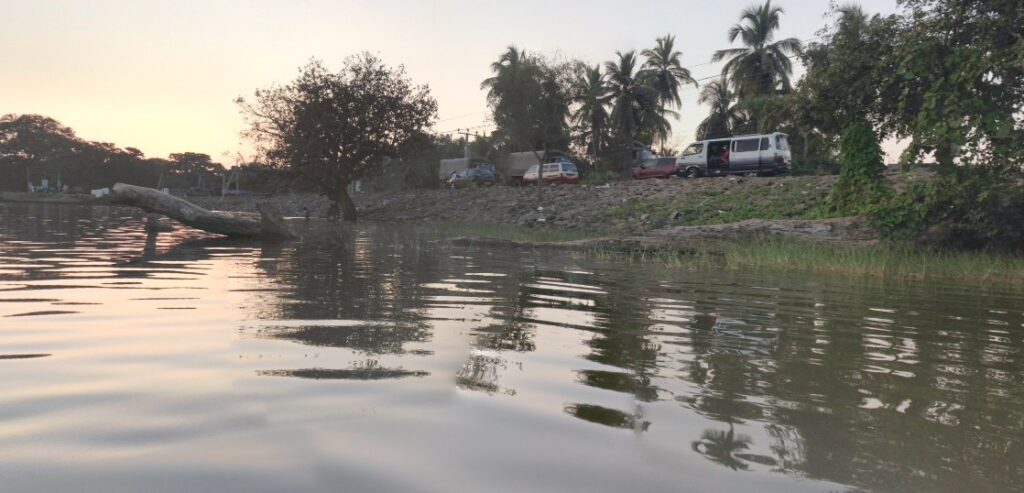
Apart from agriculture, Tissa Wewa played an important role in the religious and social life of the people. The reservoir and its surroundings were sacred and serene, and there were temples, monasteries, and stupas such as the Tissamaharama Dagoba in close proximity. The environment was utilized by monks for meditation and teaching, and the reservoir itself was often used for ritual bathing and purification ceremonies.
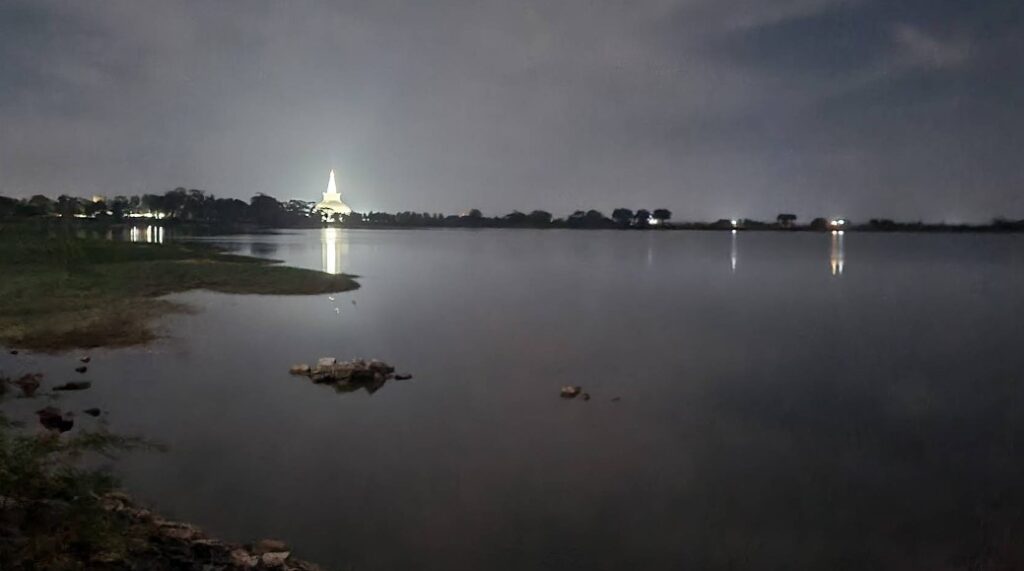
Tissa Wewa and Buddhism
Buddhism also greatly influenced the way the natural resources were managed by the ancient Sinhalese kings. The principle of living in harmony with nature was a basic tenet, and reservoirs were not just seen as practical solutions but also as works of merit. The building of a wewa was a sacred act, and rulers who embarked on such projects were praised in chronicles like the Mahavamsa.
Tissa Wewa is also associated with the spread of Buddhism in southern Sri Lanka. As a royal creation by a Buddhist king who was a devotee, it enabled monastic settlements and pilgrimage within the area. The nearby Tissamaharama Raja Maha Viharaya, an ancient Buddhist monastery, is believed to have been founded around the same time and continues to receive devotees to this day.
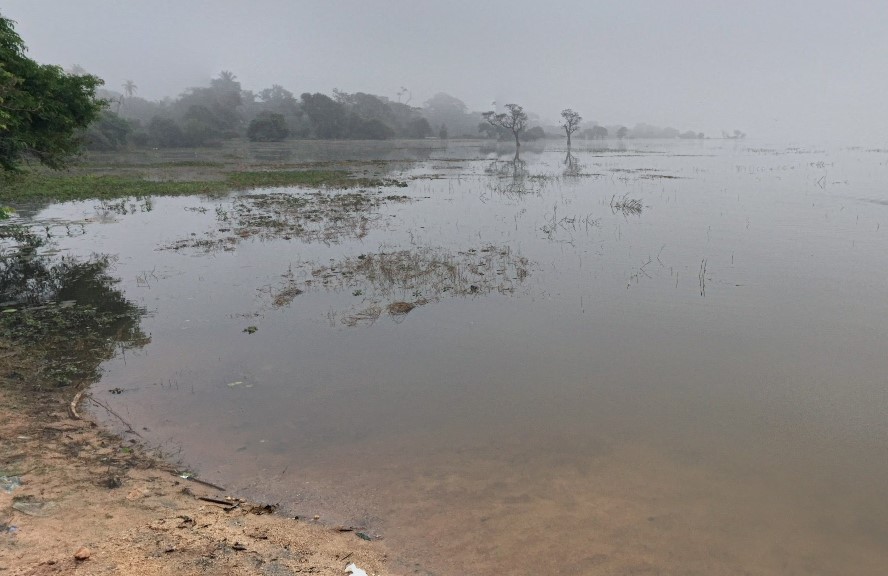
Environmental and Ecological Significance
Ecologically, these ancient reservoirs like Tissa Wewa have played a significant role in biodiversity conservation and climate adaptation. The reservoir has created a microhabitat for birds, fish, and other creatures. The vicinity of Tissa Wewa is today part of a green, lush landscape that hosts local and foreign birds, and hence a haven for birdwatchers and nature enthusiasts.
Further, the wewa is a natural flood control system, gathering excess rainwater during the monsoon season and replenishing groundwater levels. This multifunctional use of reservoirs illustrates that ancient engineers not only fulfilled human requirements but also fostered environmental resilience.
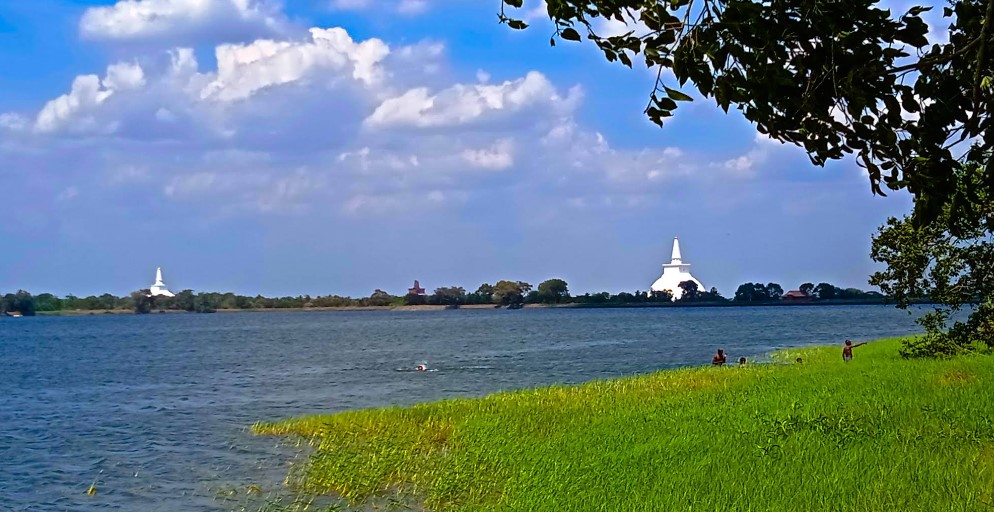
Modern Relevance and Tourism
Tissa Wewa continues to function as an irrigation reservoir today, serving paddy fields and gardens in the region. It is also an important tourist attraction, particularly for those visiting the cultural triangle and southern Sri Lanka. Tissamaharama is usually visited by travelers en route to Yala National Park, and a walk or cycling tour of Tissa Wewa is a standard outing. The site is renowned for its natural beauty, giant banyan trees, waters full of lotus, and quiet walking paths.
In recent years, there has been renewed interest in studying and rehabilitating ancient water systems as models for sustainable development. Sri Lanka’s modern water engineers and agricultural planners are increasingly looking to ancient systems like Tissa Wewa to help solve modern problems of drought, water scarcity, and environmental degradation.
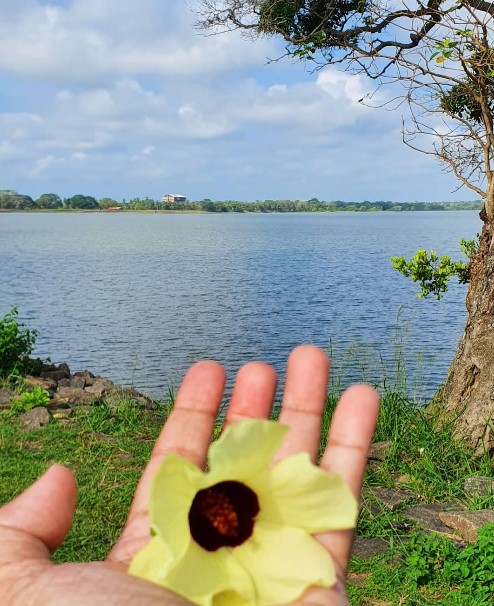
Challenges and Conservation
Despite its continued importance, Tissa Wewa faces several modern-day issues. Encroachment, pollution, and overuse of water threaten the long-term viability of the reservoir. Urbanization and rampant tourism have also placed pressure on the ecosystem. Local government, environmental agencies, and heritage societies are working to protect and conserve the reservoir and its surroundings.
Public awareness campaigns, eco-tourism activities, and government conservation activities must be undertaken to ensure that Tissa Wewa will not only remain a functional reservoir but a living monument to Sri Lanka’s heritage.
Tissa Wewa is not just an old reservoir but a testament to the wisdom of Sri Lanka’s past, religious traditions, and engineering skills. Built more than two thousand years ago, it continues to provide water, sustain ecosystems, and inspire people with its serenity and cultural legacy. As modern societies grapple with environmental challenges and sustainable use of resources, the story of Tissa Wewa has valuable lessons to offer about resilience, planning, and living in harmony with nature.
Preserving these old marvels is not only a question of paying homage to the past but also of building a sustainable tomorrow on the foundations of time-tested tradition. Tissa Wewa remains a proud legacy of the island’s golden past and a source of inspiration for generations to come to emulate.
Where Is Tissa Wewa?
Tissa Wewa is located in Tissamaharama, about:
- 260 km from Colombo
- 180 km from Kandy
- 120 km from Galle
- 20 km from Kataragama
- 17 km from Yala National Park
How to Get to Tissa Wewa
1. From Colombo (By Road)
- By Private Car or Taxi
- Time: 5.5 – 6.5 hours
- Route: Colombo → Ratnapura → Embilipitiya → Tissamaharama
- Most comfortable option
- Taxis or car hires available through services like PickMe or local tour operators
- By Bus
- From Colombo Bastian Mawatha Bus Terminal (Pettah)
- Take a direct bus to Tissamaharama or a bus to Hambantota, then a local bus to Tissamaharama
- Travel time: 8–9 hours
- Types: Normal or semi-luxury buses (CTB and private)
- 2. From Ella or Nuwara Eliya
Ella to Tissamaharama: ~3 hours by car or taxi (beautiful hill-to-plains route)
Nuwara Eliya: ~5 hours by car via Bandarawela
3. From Galle or Matara (Southern Coast)
Travel along the A2 highway via Tangalle and Hambantota
Travel time: 3–4 hours by car or bus
Train Travel
No direct train to Tissamaharama or Tissa Wewa
Nearest train stations: Matara or Hambantota
You’ll need to take a bus or taxi from the station to Tissamaharama
Getting Around in Tissamaharama
- Tuk-tuks are widely available for local travel
- You can easily reach Tissa Wewa by tuk-tuk, bike, or on foot from most hotels in town
- Bicycles are often available for rent and are a great way to explore the lake and nearby temples
Nearby Attractions
- Tissamaharama Raja Maha Viharaya – ancient Buddhist temple near the lake
- Yala National Park – perfect for wildlife safaris
- Kataragama – a sacred pilgrimage town 20 minutes away
- Bundala National Park – famous for birdwatching
